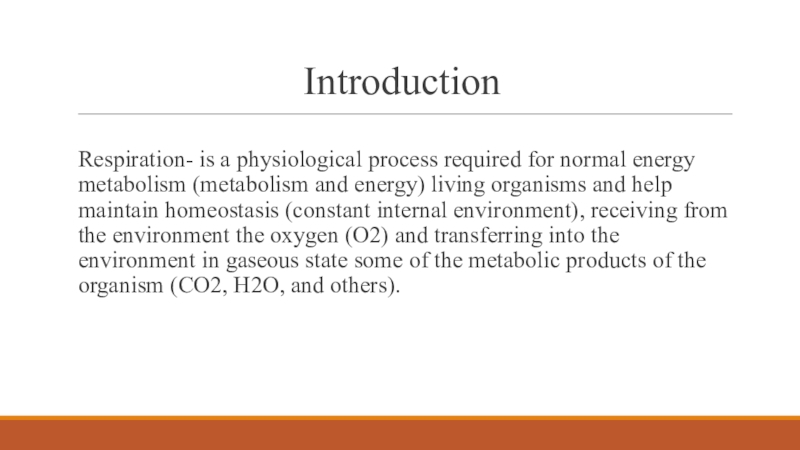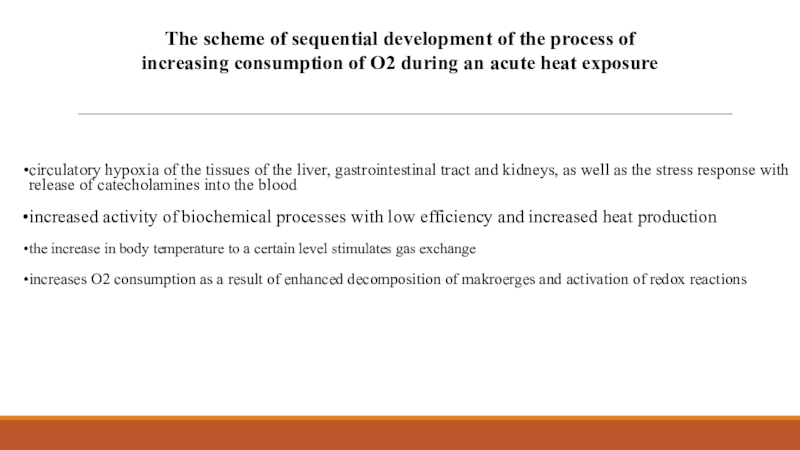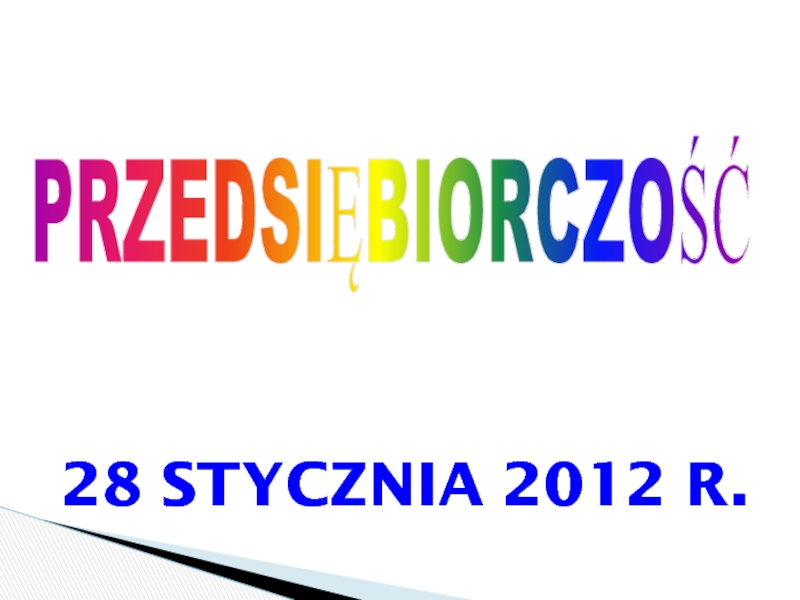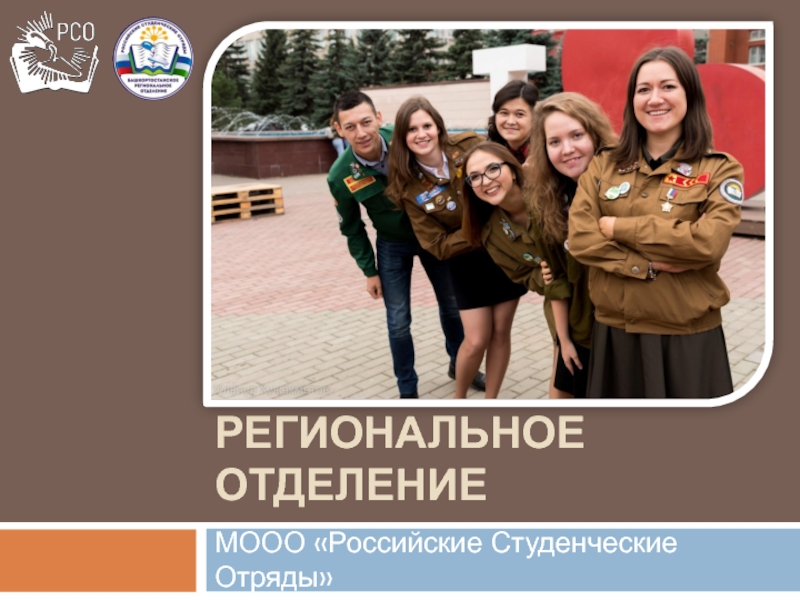Разделы презентаций
- Разное
- Английский язык
- Астрономия
- Алгебра
- Биология
- География
- Геометрия
- Детские презентации
- Информатика
- История
- Литература
- Математика
- Медицина
- Менеджмент
- Музыка
- МХК
- Немецкий язык
- ОБЖ
- Обществознание
- Окружающий мир
- Педагогика
- Русский язык
- Технология
- Физика
- Философия
- Химия
- Шаблоны, картинки для презентаций
- Экология
- Экономика
- Юриспруденция
SIW Module: “Respiratory system” Theme: “Respiration at hot climate”
Содержание
- 1. SIW Module: “Respiratory system” Theme: “Respiration at hot climate”
- 2. PLAN:IntroductionThe main partConclusionList of references
- 3. IntroductionRespiration- is a physiological process required for
- 4. RESPIRATION AT HIGH TEMPERATURESIn conditions of high
- 5. During thermal stress, a compensatory increase in
- 6. The basic human reaction to heat the
- 7. The result of this reaction improves the
- 8. The scheme of sequential development of the
- 9. Short-term adaptationShort-term adaptation to high ambient temperature
- 10. ConclusionAcclimatization in a hot climate may be
- 11. List of references:http://vmede.org/sait/?page=9&id=Gigiena_ecologiya_grigoreva_2008&menu=Gigiena_ecologiya_grigoreva_2008http://naukarus.com/mehanizm-teploperenosa-v-razlichnyh-oblastyah-tela-chelovekahttp://mrmarker.ru/p/page.php?id=5079https://ru.wikipedia.org/
- 12. Скачать презентанцию
PLAN:IntroductionThe main partConclusionList of references
Слайды и текст этой презентации
Слайд 4RESPIRATION AT HIGH TEMPERATURES
In conditions of high ambient temperatures (at
least summer) is home to about half of the population.
In addition, a significant portion of the population is forced to face the action of high temperatures due to their professional need, migration and living conditions.Слайд 5During thermal stress, a compensatory increase in respiratory rate and
tidal volume
increase MOD and alveolar ventilation, and the considerable hyperventilation contributes to the washout of CO2, which in turn, moves the blood pH to the alkaline side. In this regard, hypocapnia and respiratory alkalosis are the permanent signs of overheating in the human body.Under conditions of prolonged overheating of the body, the change of pulmonary respiration in humans is reduced to a minimum, because it does not have the mechanism of thermal shortness of breath, so sharply distinct from most mammals and birds. The main load in this case assumes the cardiovascular system, blood, and tissue metabolism.
Слайд 6The basic human reaction to heat the redistribution of blood
between "core" and "shell" of the body due to the
expansion of peripheral blood vessels, predominantly of the skin and vasoconstriction of the splanchnic area (liver, gastrointestinal tract), kidney and skeletal muscle.Слайд 7The result of this reaction improves the heat transfer and
a simultaneous decrease in O2 delivery to the internal organs
with a high level of metabolic processes and short-term reduces the rate of consumption of O2. In the future, the development of circulatory hypoxia of organs and tissues starts a cascade of processes, leading to an increased consumption of O2Слайд 8The scheme of sequential development of the process of increasing
consumption of O2 during an acute heat exposure
Слайд 9Short-term adaptation
Short-term adaptation to high ambient temperature is naturally accompanied
by a comprehensive change in the functioning of the respiratory,
cardiovascular system and blood system.Changes in the functioning of the respiratory system affect the processes of diffusion and transport of gases under thermal influence.
• Diffusion capacity of the lungs by the action of heat for the most part is normal or slightly reduced due to the reduction of blood flow in the lungs.
• The oxygen capacity of hemoglobin and the transport of respiratory gases by the blood remain within normal limits.
• The permeability of the capillaries of peripheral tissues when exposed to heat increases, and a significant expansion and a halfnecrobia they provide increased rate of consumption of O2 tissue "sheath" of heat.• In the core (mainly in the liver, gastrointestinal tract and kidneys) O2 consumption decreases due to reduced blood flow.






























